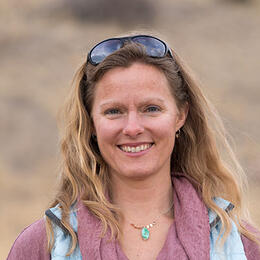Colorado’s 2019 snowpack is off to a strong start, currently sitting at 115% of snow water equivalent statewide. That is good news! But, rivers are not likely to see all of this spring runoff benefit due to parched soils from the dry year of 2018. This year, much of Colorado’s (so far abundant) moisture will go to replenishing soils before reaching rivers.
The big-picture reality is that we’re still in the midst of a 19-year drought in the Colorado River basin. Many experts are calling this prolonged drying out of the southwest by a new name: aridification. Drought implies there’s an end, but what if there’s not? Right now people across Colorado and the Colorado River basin are working together to find water solutions to save the Colorado River and the livelihoods of those who depend on it.
The dry year of 2018 pushed working lands and rivers to the brink across Colorado and the Colorado River basin. Many Colorado ranching families, communities, and wildlife that rely on healthy flowing rivers were stretched thin as some rivers completely dried up. Working land operations—like ranchers—survive by how they relate to land and water. These operations, in turn, provide vast open space for birds, other wildlife, and our enjoyment.
To see how some of these operations are being affected, watch our new film: Ranching In The New Normal, a collaborative project between Audubon Rockies and American Rivers. This film takes a peek into the water story of three Colorado ranches as they adapt to increasingly drier conditions and the hope they have for their land and water legacy. We are all connected by water.
Help us keep agriculture and hardworking rivers thriving. Join Audubon’s Western Rivers Action Network to help protect our rivers, working lands, and open lands that birds and people need.




